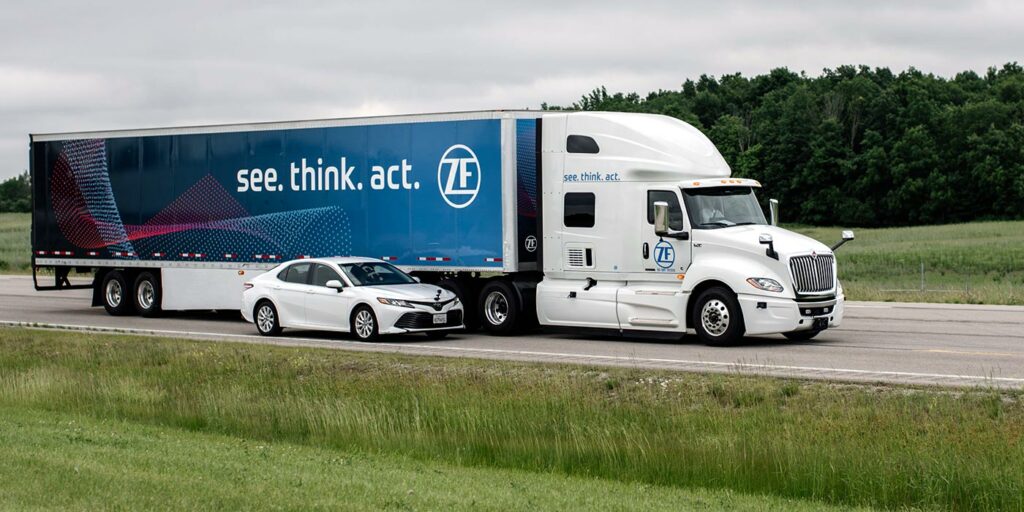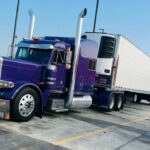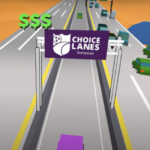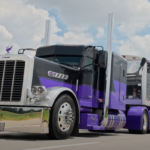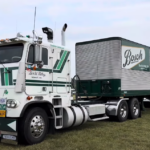Kenworth and Peterbilt, two of the largest truck manufacturers in North America, have partnered with ZF, a leading supplier of driveline and chassis technology, to launch a new driver assistance platform. The platform is expected to enhance safety, efficiency, and driver comfort while on the road.
The partnership between the two truck manufacturers and ZF was initially scheduled to launch in 2020, but it was postponed due to COVID and commercial matters. However, the parties have now come together to launch the platform, which promises to offer significant benefits to truck drivers.
“We continue to work closely with our Commercial Vehicle customers to provide ADAS technology that can help to make the roadways safer for all travelers,” said Julien Plenchette, Senior Vice President, Americas with ZF’s Commercial Vehicle Solutions division, adding that his company was pleased to integrate “this critical safety technology” into Paccar’s newest truck platform.
What is the ZF Driver Assistance Platform?
OnTraX Lane Keeping Assist (LKA) technology is a new safety feature that aims to improve road safety. It uses a forward-facing camera to detect lane markings and activates when the truck is traveling at least 40mph within its lane. If the camera senses that the tractor has drifted from its lane without the turn signal activated, the system offers timely corrective guidance to the driver and makes gentle counter-steering motions to bring the truck back into the proper position.
However, if the turn signal is engaged, the driver can cross the lane without any intervention from the system. Additionally, the system is designed to recognize critical maneuvers initiated by the driver due to hand wheel speed input and will disengage the corrective intervention during obstacle avoidance.
Kenworth and Peterbilt are among the first truck manufacturers to adopt this technology, which is part of ZF’s Driver Assistance Platform. This platform is a significant development in trucking technology, and more manufacturers are expected to follow suit in the future, as demand for advanced safety features increases.
